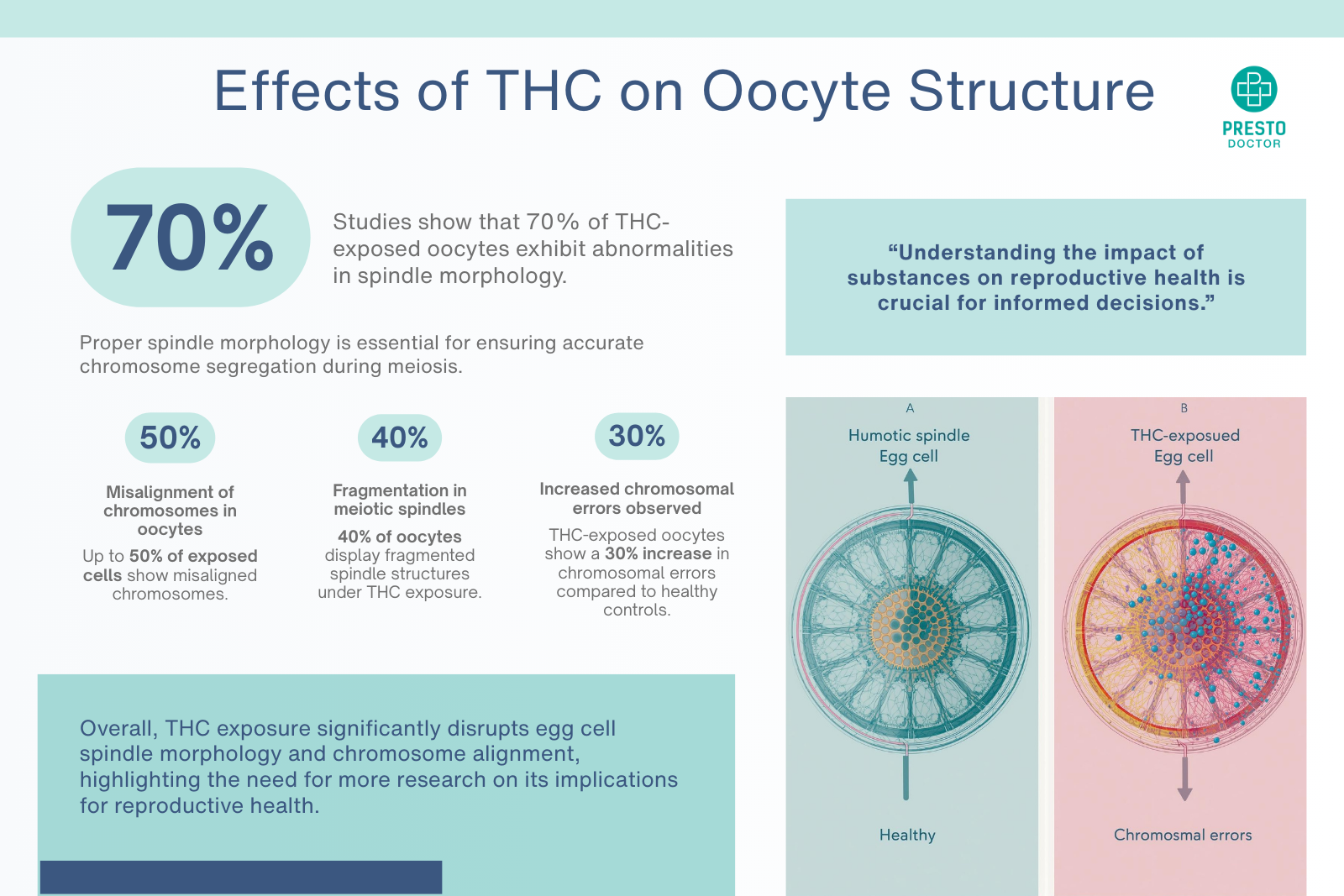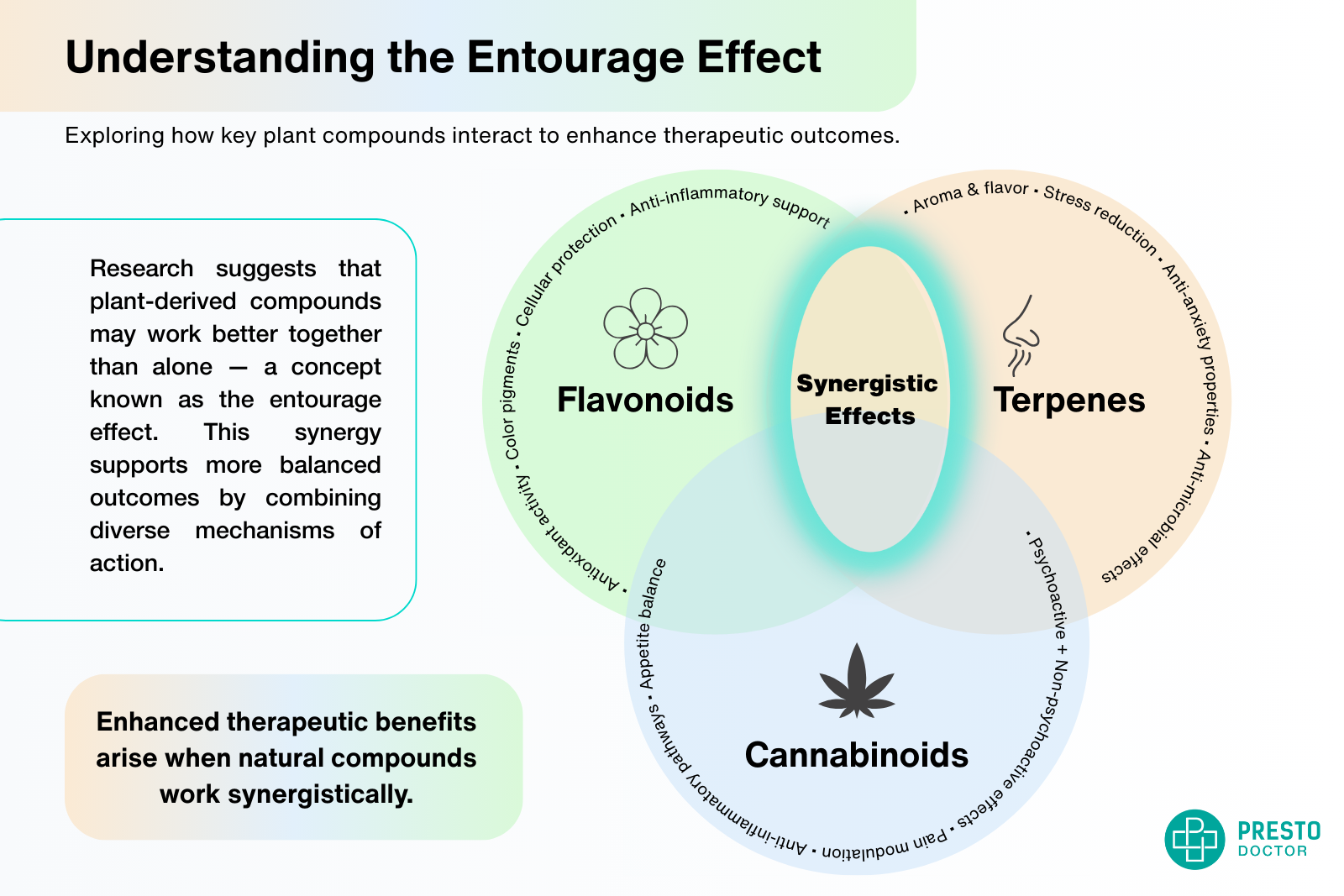
When you bite into a piece of dark chocolate or taste a sip of red wine, do you notice how powerful and intense the flavor is? That’s because these foods are naturally rich in bioactive compounds called flavonoids! Ever notice not all cannabis flavors taste the same? This is also partly due to flavonoids (and terpenes).
There are thousands of flavonoids that occur throughout nature. You’ll find them in fruits and vegetables, as well as plants and flowers. They’re also present in cannabis.
In fact, there are around 20 different varieties of flavonoids in the Cannabis sativa plant alone, accounting for nearly 10% of all the bioactive compounds in the plant. What are the benefits of flavonoids in cannabis and why are they important?
Today, we’re taking a closer look and sharing the details you need to know.
Flavonoids in Cannabis?
Within the cannabis plant, there is a wide array of active compounds, also called phytochemicals. These include:
- Cannabinoids
- Phenols
- Terpenes
- Flavonoids
In addition, when manufacturers cold-press cannabis seeds, they also contain a unique fatty acid profile. All of these different compounds work together to make marijuana strains so diverse, potent, and sensory-rich.
The specific flavonoids in each strain help determine certain characteristics of the cannabis plant, including its:
- Color (ex: purple cannabis)
- Flavor
- Potential effects
Though there are more than 6,000 different types of flavonoids found within nature, the ones found in the cannabis plant have a special name. These flavonoids are called cannflavins. Most of the flavonoids in cannabis are located in the plant’s flowers, leaves, and seedlings but they are not present in the roots or seeds.
What Are the Benefits of Flavonoids?
Why do flavonoids exist in the Cannabis sativa plant? After all, aren’t terpenes responsible for giving weed its unique flavors and aromas? Yes, to a degree, but flavonoids also play an important role.
Help Distinguish Between Varieties
Experts estimate that there are more than 700 different strains of cannabis. As you might imagine, it can be difficult to distinguish one strain from the next, especially when their chemical makeups are closely related.
This is where flavonoids come in handy. Along with terpenes, these compounds give the strain its particular odor and flavor. This is why some may appeal to you more than others, based on your senses alone.
Give Marijuana Plants Color
If you’ve ever noticed how a container of blueberries can contain a variety of pigments? Some are dark navy, others are light blue, and some border on purple. This variation is due to a type of flavonoid called anthoxanthins or anthocyanins.
Cannabis also contains anthocyanins, and they’re responsible for giving each plant its spectacular, one-of-a-kind color profile. That gorgeous, dark purple hue that some strains showcase? Those are anthocyanins at work which cause cannabis to turn purple and exhibit classic purple coloration.
Purple buds are popular and considered an indica dominant strain amongst the cannabis industry. Purple weed is known to be relaxing and has an earthy aroma. It originates from the Hindu Kush mountains in Central Asia.
Intensify Biointensity
Another reason to sing the praises of the flavonoids in your favorite cannabis strain? Certain ones can also intensify the bioactivity of other phytocannabinoids. This includes cannabidiol (CBD), as well as tetrahydrocannabinol (THC), which is the main psychoactive compound found in cannabis.
When the various pharmacologically active compounds work together, it creates what’s known as the “entourage effect”. This term is used to describe the synergistic nature that allows the compounds to activate certain responses within our minds and bodies.
Each of us has an endocannabinoid system. This system includes a large network of receptors, covering nearly every organ and internal system inside of us. The cannabinoids in cannabis bind to these receptors.
As they do, they each produce different effects. The terpenes and cannabinoids in the plant intensify and influence those effects. If you’ve tried different marijuana strains and noticed that they each make you feel differently, that’s the entourage effects.
These different combinations of biomolecules each contain different synergistic properties. For instance, CBD tempers and controls the effect of THC between your blood and your brain. Similarly, flavonoids have synergistic features.
Some can enhance the properties of the cannabinoids they’re near, while others can help lower and regulate their intensity.
Keep Plants Healthy
Naturally, we want cannabis growers and manufacturers to have access to healthy, thriving plants. When the conditions are just right and the process is performed correctly, this feat is possible. Yet, when something goes awry, entire crops can be ruined.
Thankfully, research also suggests that certain flavonoids can help protect the cannabis plant from certain external stressors. These include:
- Harsh UV rays
- Adverse weather conditions
- Pests and parasites
Potential Health Benefits
The health benefits of flavonoids must be more widely researched before we can make any type of definitive claim on the topic. However, there have been promising reports and reviews that suggest specific cannflavins can help soothe the symptoms of certain health conditions.
For instance, according to one 2021 review, cannflavins could help mitigate the effects of inflammation. This attribute is closely linked to Cannflavin A, which scientists believe could contain the following properties:
- Neuroprotective
- Anti-oxidant
- Anti-parasitic
- Antiviral (binds to viral proteins)
In fact, a study published like this one suggest that Cannflavin A could even be more effective than aspirin when it comes to relieving inflammation! Researchers are investigating the effects of Cannflavin B and C to determine if they share similar qualities.
At the same time, they’re also closely studying other flavonoids, such as luteolin and quercetin, to better understand their possible health benefits. To date, they believe luteolin may help mitigate gene mutation, while quercetin could safeguard nerve cells from damage. Found in many fruits and vegetables, quercetin is also widely known as a powerful anti-fungal and antioxidant compound.
Discover the Benefit of Flavonoids for Yourself
Flavonoids give marijuana strains their unique look, flavor, and aroma. They may also help intensify the medical benefits and properties of each one. While more than 20 have been discovered to date, there could be more to uncover.
As scientists learn more about the benefits of flavonoids, you can experience their therapeutic effects for yourself right now. At PrestoDoctor, we’re here to help patients secure their medical marijuana cards quickly and easily. We’re active in 10 different states, and the process is fast and easy.
Your medical condition could be alleviated by medical marijuana. Our doctors would he happy to help find a right combination of indica, sativa, and hybrid strains for your condition.
Sign up to create an account and we’ll help you get started right away. Or, if you have any questions feel free to live chat us on our website.






